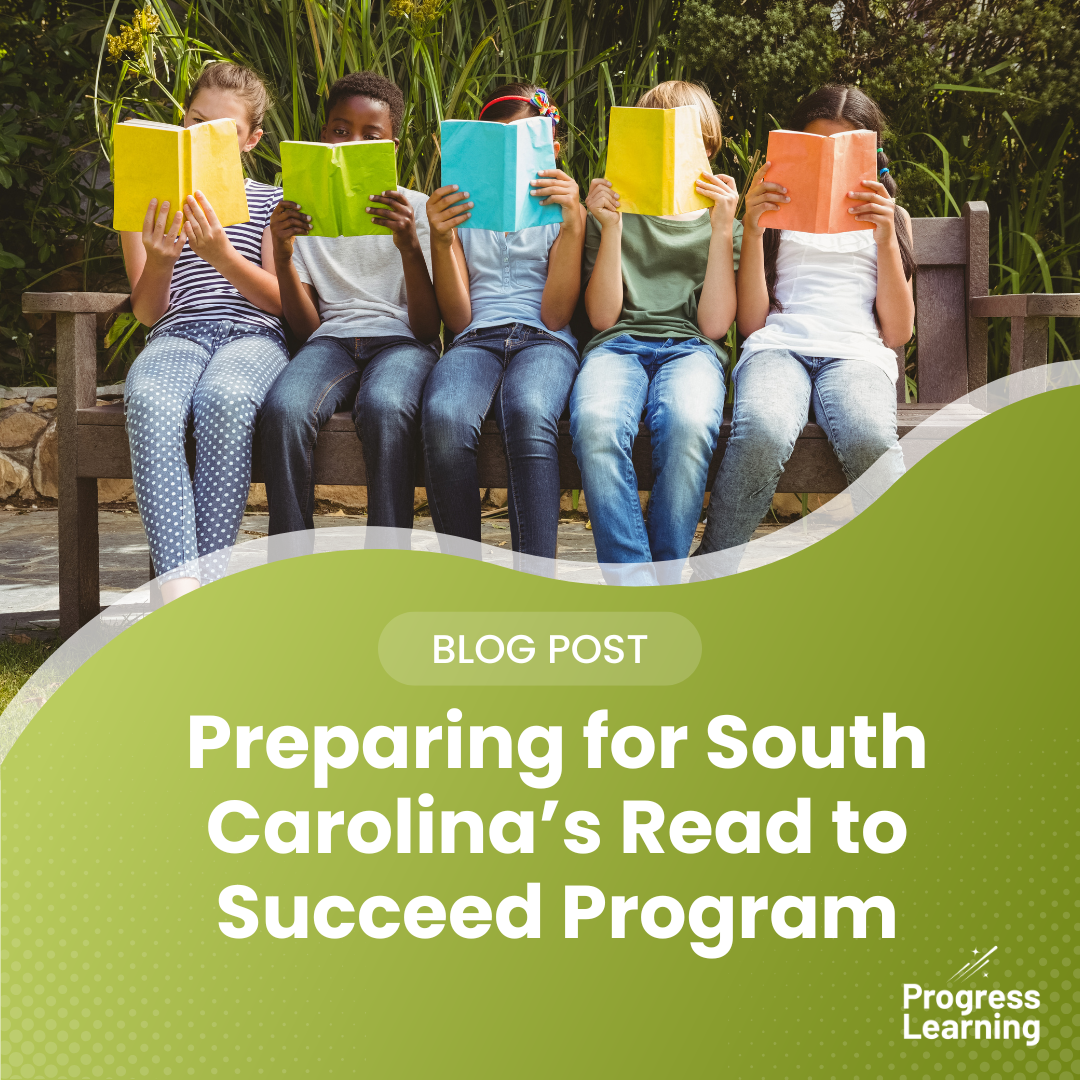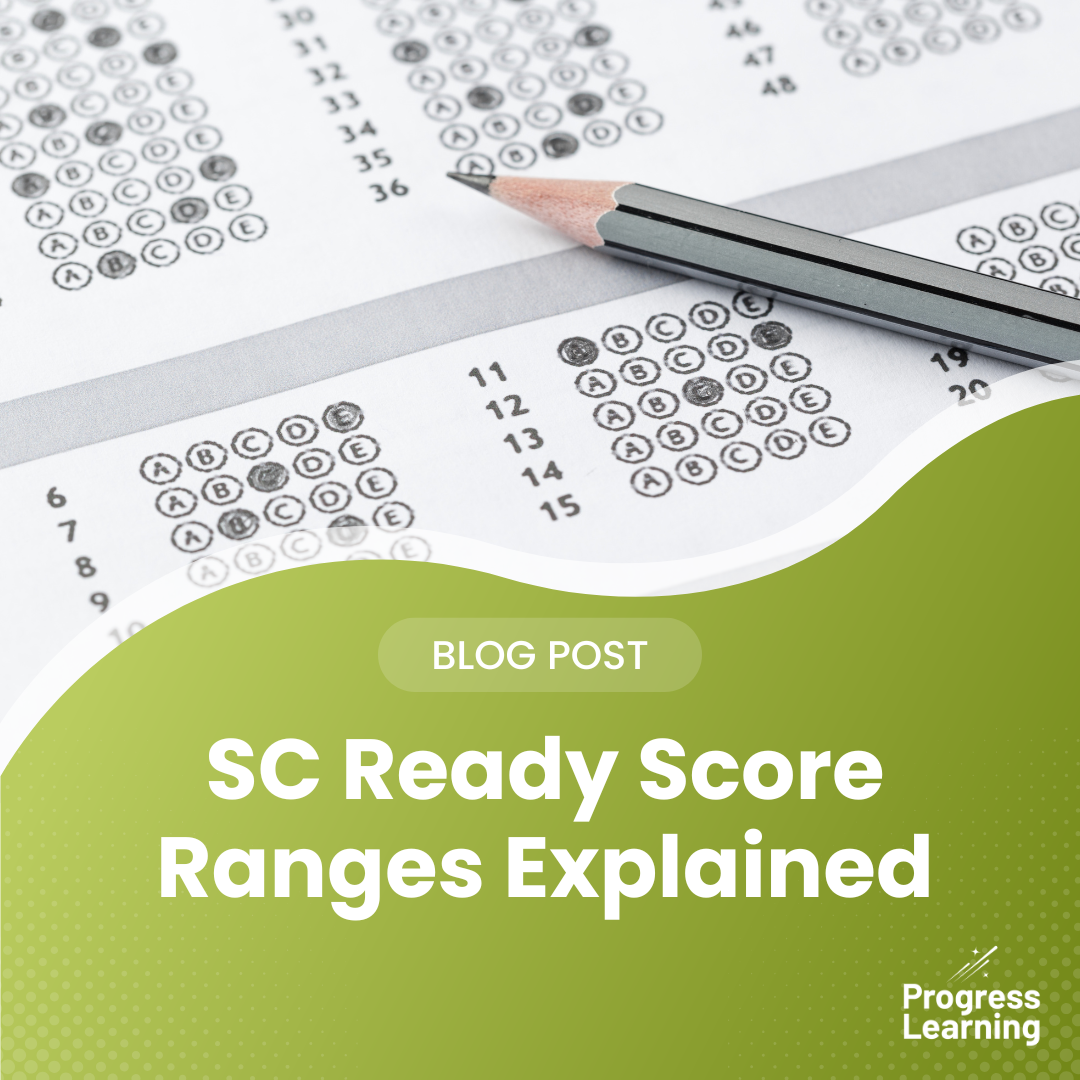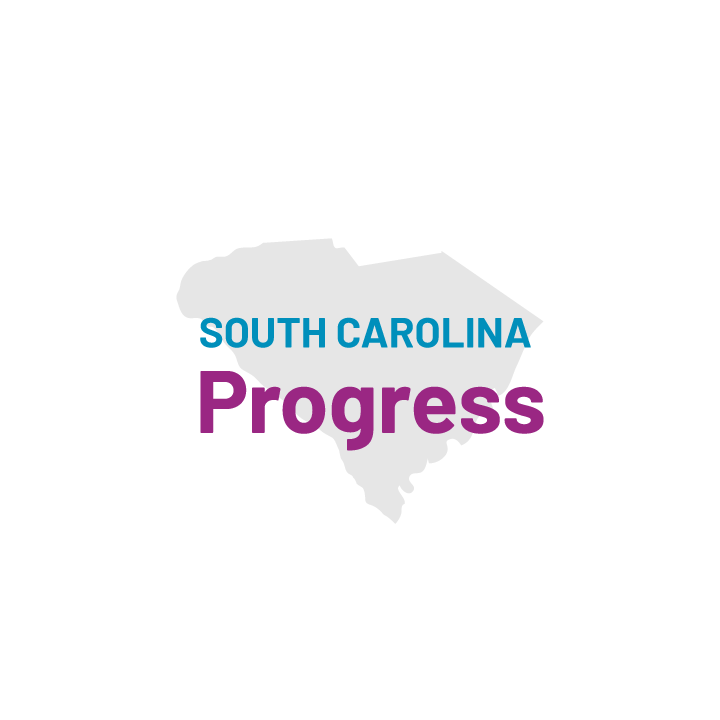South Carolina’s K-12 Math Standards Update: What’s Changing in 2025?
South Carolina schools are set to undergo major changes in the K-12 math curriculum starting in the 2025-26 school year. These updates are designed to improve student success, align coursework with real-world applications, and provide flexible pathways for different career and college goals.
Why Are These Changes Happening?
Currently, only 41% of South Carolina students are performing at grade level in math. The goal of the new curriculum is to increase this to 75% by 2030 by improving how students learn and apply mathematical concepts. This overhaul includes:
- A new high school course sequence
- More real-world applications of math
- A stronger foundation in problem-solving and reasoning
- Statistics and data literacy embedded in all grades
With these changes, students will have more opportunities to succeed, whether they’re heading to college, a career, or the military.
Key Changes in the 2025 South Carolina Math Standards
Middle School Math Changes: Algebra No Longer Offered
A significant update to the middle school math curriculum is the removal of Algebra from middle school course offerings beginning in the 2025-26 school year. Instead, Geometry will now be the first and only advanced math subject available in most middle schools. This shift is intended to enhance students’ spatial reasoning and problem-solving skills before they transition into Algebra in high school.
High School Math Changes: Sequence Has Been Reorganized
One of the most significant updates is shifting the order of required high school courses. Through the 2024-25 school year, the high school mathematics sequence follows the order of Algebra 1, Geometry, and then Algebra 2. However, beginning in the 2025-26 school year, the sequence will change, requiring students to take Geometry with Statistics first, followed by Algebra 1, and then Algebra 2 with Probability.
Why the Change?
- Teaching Geometry first helps students develop spatial reasoning before tackling abstract algebraic concepts.
- Provides a stronger foundation before Algebra 1, which many students find challenging.
- Statistics is now integrated into Geometry to provide real-world applications early on.
What Happens to Students Currently Taking Algebra 1?
- The transition plan allows schools to continue using the 2015 SCCCR Math Standards through 2024-25 before fully switching to the new curriculum.
- The SC Department of Education has approved a grading policy waiver to help students transition smoothly.
More High School Course Options After Algebra 1
Instead of just the traditional Calculus or Statistics, students will have multiple pathways after completing Algebra 1. This means students can choose math courses that match their career interests rather than feeling forced into a class that isn’t relevant to their goals. New course options include:
- Statistical Modeling (Data analysis for real-world decision-making)
- Reasoning in Mathematics (Critical thinking and logic)
- Applications & Modeling (Practical math for everyday life)
- Discrete Mathematics (Math concepts for technology, engineering, and computer science)
Statistics, Data, and Probability Are Now Embedded in All Grades
In the past, students only encountered probability and statistics in a standalone course (usually in high school). Now, these concepts are woven throughout all K-12 grade levels. This is a critical update, as data analysis is a skill needed in nearly every industry today, from healthcare to business and technology. This shift ensures that students:
- Develop data literacy early and consistently.
- Analyze and interpret real-world data.
- Apply statistical reasoning in science, economics, and social studies.
For example:
- Elementary students will learn to read and create graphs to represent data.
- Middle schoolers will start making real-world predictions using probability models.
- High schoolers will use statistical analysis tools in multiple courses.
Strengthened Mathematical Process Standards
The updated curriculum places a stronger emphasis on critical thinking and problem-solving, using five key Mathematical Process Standards.
- Problem-Solving: Making sense of problems and using multiple strategies to solve them.
- Representation & Communication: Explaining ideas with models, equations, and precise language.
- Connections: Applying math across different subjects and real-world scenarios.
- Analysis & Justification: Learning how to reason logically and defend solutions.
- Structure & Patterns: Recognizing relationships and patterns to make predictions.
Why These Changes Matter
What This Means for Students:
- A stronger math foundation for college, careers, and life.
- More flexibility in course choices to align with individual interests and career paths.
- Increased real-world applications of math, making it more relevant and engaging.
What This Means for Teachers & Schools:
- A smoother transition plan, allowing schools to prepare before full implementation.
- Better alignment between math instruction and real-world applications.
- Opportunities for professional development and support from the SC Department of Education.
The 2025 SC CCR Math Standards overhaul is a major step forward for students, educators, and the future workforce of South Carolina. By restructuring high school math courses, integrating data and statistics at all grade levels, and emphasizing real-world problem-solving, the new standards aim to make math more accessible, relevant, and engaging for all students.
What do you think about these changes? Let us know how you see these updates impacting students and classrooms across the state. For more details, visit the South Carolina Department of Education’s website: SC Department of Education


